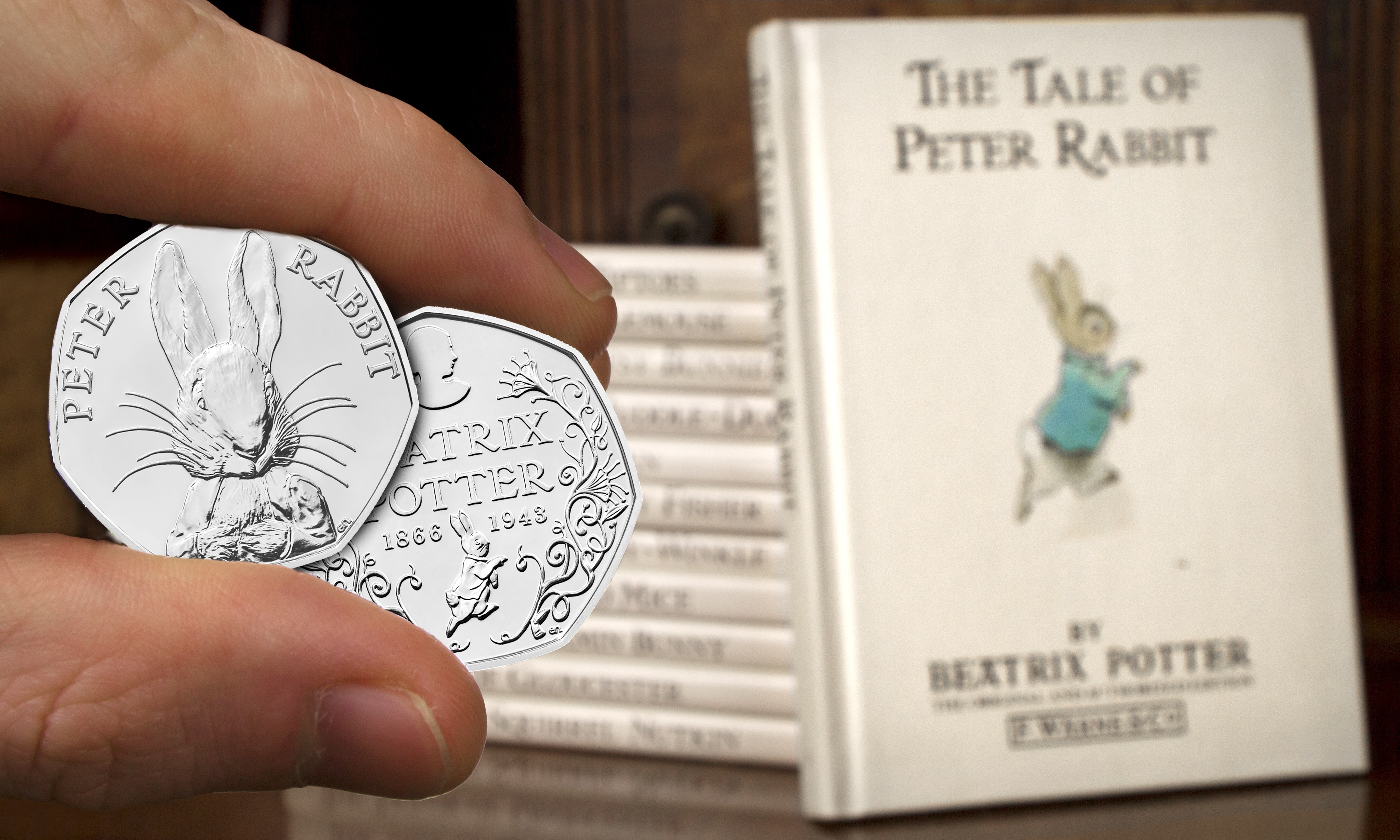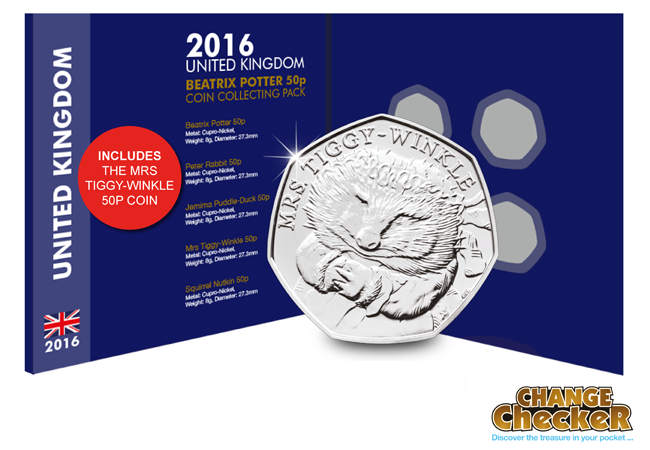The coin that built the British Empire
The Gold Guinea coin was the most popular coin during the time Britain became the world’s major colonial power. 2013 marked 200 years since the last Guinea was officially struck.
To celebrate this anniversary, a £2 coin was issued in 2013 featuring an interpretation of the original ‘Spade Guinea’ design using the Arms of George III.
2,990,000 Anniversary of the Golden Guinea £2 coins were issued and the coin has a score of 21 on our Scarcity Index, making it less common.
But how did the very first Guinea come to pass?

2013 Anniversary of the Golden Guinea £2
The history of the Guinea
At the end of the civil war in the 17th century, when Charles II was restored to the throne, he was desperate to restore faith in the British currency. The British currency had literally taken a battering during the war and people would clip bits of silver off coins to make money.
A more trustworthy coinage was needed
In exile Charles II had observed coins being produced on a machine – a mill and screw press. The coins created had greater definition and a more regular shape and size compared to the medieval process of hammering.
The new process was employed and a new coin “the Guinea”, worth 20 shillings, was born.

The ‘Rose’ Guinea is so called because of the coin’s reverse design which features the Royal Arms elaborately decorated in a way which is compared to an open rose.
The Guinea was a world first
The ‘Guinea’ is one of the world’s most famous coins and was minted in the United Kingdom between 1663 and 1813.
The Guinea takes its name from the African country of Guinea, the source of the Gold used to mint the coin.
The Guinea was actually the very first machine-made British coin and is still one of the most-renowned British coins of all time. It was a coin that could be trusted.

The George III Spade Guinea was the predecessor of the modern Sovereign and the last guinea to be issued for general circulation.
The foundation of the British Empire
The East India Company is historically the most famous company ever. At one time it occupied over half of all global trade and, at its peak, it kept a private army of 27,000 soldiers.
They did not set out to change the world but they laid the foundations of the British Empire and its trading success was founded on the Guinea.
The legacy of the Guinea
The designs of the Guinea coin varied widely during the 150 years of production and captured many of the turbulent political changes of the times.
Even after the coin ceased to circulate, the name Guinea was long used to indicate 21 shillings or £1.05 in decimalised currency.
It was finally replaced by the Sovereign with the Great Recoinage of 1816.
If you’re interested in coin collecting, our Change Checker web app is completely free to use and allows users to:
– Find and identify the coins in their pocket
– Collect and track the coins they have
– Swap their spare coins with other Change Checkers
Sign up today at: www.changechecker.org/app
Everything you need to know about the new polymer £5 note
Which banknotes are changing, and when? 
The Bank of England is issuing a new Polymer (or plastic) £5 note which will enter circulation on 13 September, 2016. You’ll start to see the notes in the following days and weeks. Around 5,200 ATM’s dispense £5 notes and most are expected to switch to dispensing the new notes within the first month.
There will also be a new £10 note in Summer 2017, and a new £20 note by 2020. The current £50 note was issued in 2011 and there are currently no plans to replace it in the near future.
How will the new banknotes change?
The new £5, £10 and £20 notes will be printed on Polymer – a thin and flexible plastic material. This means that the new notes will be cleaner, safer and stronger than paper notes.
They will also feature added security features. The five pound note will feature:
- A large see-through window containing an image of the queen and a foil Elizabeth Tower.
- The Elizabeth Tower (Big Ben) is gold on the front and silver on the back.
- The silver foil patch at the bottom of the tower has a hologram of the word ‘Five’ changing to the word ‘Pounds’.
- The silver foil patch at the top of the tower has an image of the coronation crown which appears 3D.
- Under ultra-violet light, the number 5 appears in bright red and green.
What size will the new banknotes be?
The new notes will be around 15% smaller than the current paper notes but will retain the traditional look of the existing notes, with a portrait of Her Majesty the Queen on the front, and a historic character on the back. The existing format of tiered sizing will be maintained, i.e. the higher the denomination, the longer the height and the length of the note.

Which historic characters will appear on the new banknotes?
 The Polymer five pound note will feature Sir Winston Churchill, the ten pound note will feature Jane Austen and the twenty pound note will feature J.M.W. Turner.
The Polymer five pound note will feature Sir Winston Churchill, the ten pound note will feature Jane Austen and the twenty pound note will feature J.M.W. Turner.
What will happen to my old paper banknotes?
The paper notes will start to be withdrawn from circulation as the polymer notes are introduced. It is expected that by January 2017 more than half the £5 notes in circulation will have been switched for polymer notes.
You can continue to use the paper £5 note until legal tender status is withdrawn in May 2017.
What happens if I still have old notes after legal tender status has been withdrawn?
All Bank of England notes retain their face value for all time. If your bank, building society or Post Office is not willing to accept these notes then they can be exchanged with the Bank of England in London by post or in person.
Will I be able to use the polymer banknotes in the same way as paper?
Yes. Polymer notes can be used in the same way as paper notes. For example, they will be available from ATM’s and can be folded in a wallet. Brand new polymer notes can sometimes stick together, but this effect is short-lived once in use.
Why bother changing them?
The new notes are expected to last at least 2.5 times longer than the current paper notes. In 2015 21,835 notes were replaced due to damage from being torn, washed, contaminated, damaged and even chewed and eaten!
The new polymer material is resistant to dirt and moisture which means they will stay in a better condition for longer. Plus, when a polymer note reaches the end of its life, it will be recycled.
Will they be collectable?
Like any new issues, collectors will be keen to own the very first notes. Early serial numbers are likely to be more sought after – especially on good condition or uncirculated notes.
Mark the moment the £5 banknote changed forever…
Just 5,000 new UK Polymer £5 Notes have been reserved for a Limited Edition DateStamp™ release.
Click here to add one to your collection.
Are the Beatrix Potter coins destined to be the scarcest 50ps ever?
There is no doubt that the Beatrix Potter 50ps have caused much excitement across the UK and we can see why they’re so popular.
Collectors all over the country are checking their change right now in an attempt to find the Peter Rabbit 50p coin and are sure to do the same when the other coins in the series are released into circulation.

Ebay listing shows 2 x Circulated Peter Rabbit 50ps sold for £31 + P&P
But the more collectors hoard these coins, the less likely you are to find one in circulation – some are selling online for 40 times their face value!
What makes these 50p coins so special?
The unique theme of this collection has been the key to its undeniable success.

Struck by The Royal Mint, this series of Beatrix Potter 50ps celebrate the 150th anniversary of her birth. Designed by Emma Noble, these coins celebrate Beatrix Potter as the artist behind some of the best-loved characters in children’s literature as well as some of the animals from her children’s tales.
Will these 50ps disappear from circulation completely?
As the rest of the collection unfolds we will welcome three more familiar faces, Jemima-Puddle-Duck, Squirrel Nutkin and Mrs Tiggy-Winkle, who will appear on UK coins later in the year to complete this five piece series.

As the coins are so popular, we predict it won’t be long until they completely disappear from circulation.
We think every coin in the Beatrix Potter fifty pence series will be snapped up and will stay safely tucked away in the collections of Change Checkers all over the UK.
So if you do find one, make sure you keep it safe – a 50p Collecting revolution could be about to start!
 Claim a FREE Mrs Tiggy-Winkle 50p with the Change Checker Collecting Pack
Claim a FREE Mrs Tiggy-Winkle 50p with the Change Checker Collecting Pack



